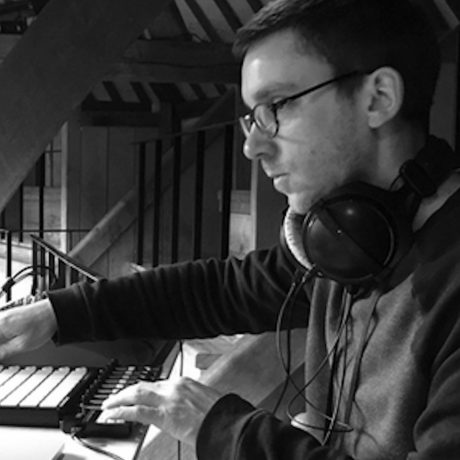How much do the sounds around you affect your mood? How much do you need to modify a city’s soundscape to give measurable positive benefit to its citizens? This project will explore how wanted and unwanted sounds in the city can be mapped, its effects on people’s wellbeing and how communities can be built up around a series of artistic and sonic interventions tackling this issue. We are particularly inspired by the recent changes in sonic characteristics of Bristol, especially in the first lockdown when whole roads and areas went quiet due to the lack of traffic, allowing quieter sounds to emerge.
Much like air quality, the sounds of our cities have been shown to affect our wellbeing and health (Source: WHO, Defra). We’ll explore using citizen science to observe existing soundscapes and capture individuals’ perceptions. This will build public engagement and highlight the issue of noise pollution in the city. We’ll use the engagement to modify and reduce the issue through interventions of sonic art installations, both building instruments to play the city and equipping buildings to become instruments.
Our project has three distinct phases. Mapping the soundscapes of Bristol, Building Instruments and creating a Sonic Trail. Through each of these phases, we will be raising research questions around the central topic of “how to live well with the sounds of the city”.









